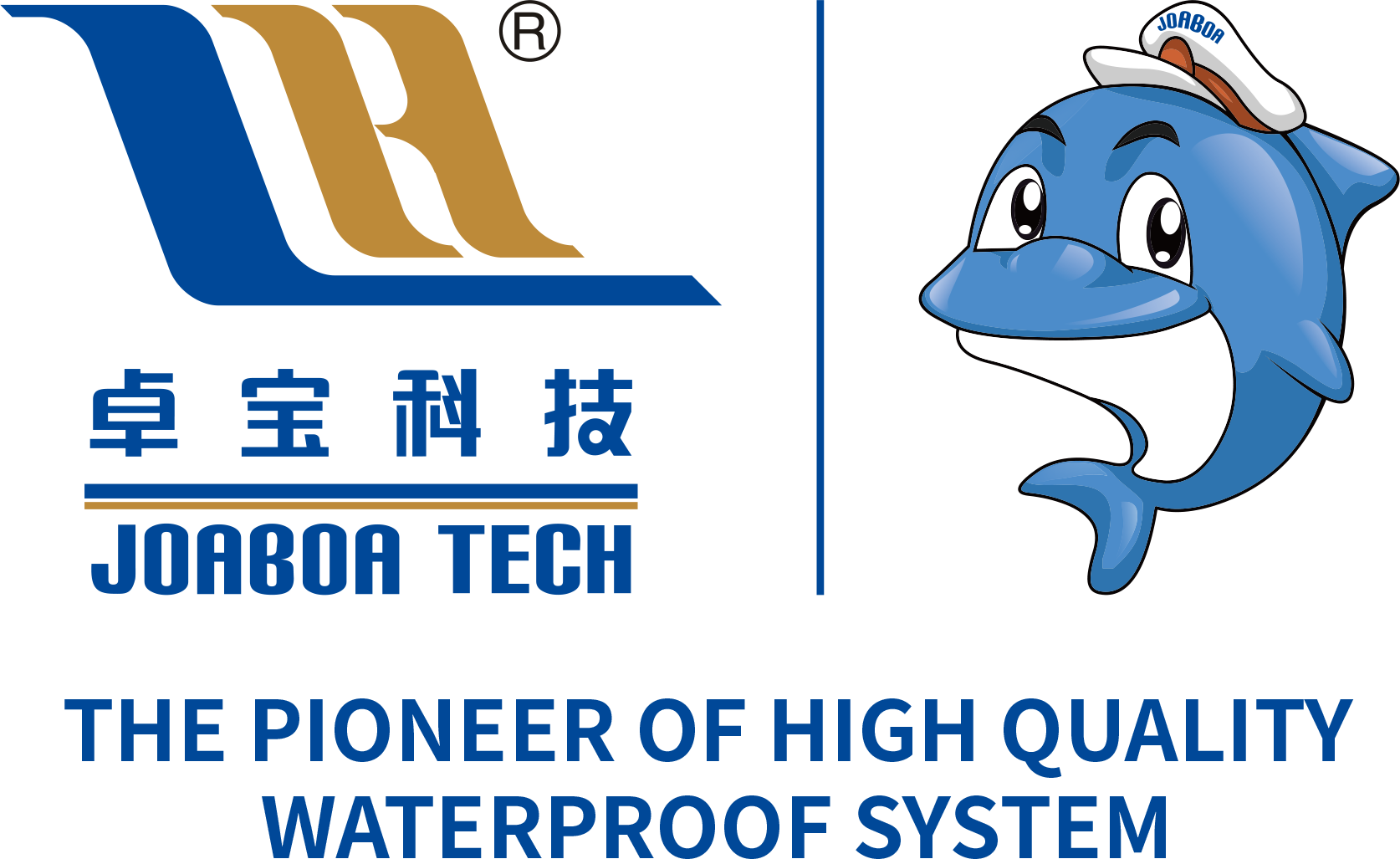The Science Behind Effective Waterproofing: Exploring Plastomeric Solutions
2025-05-16 10:00
The Science Behind Effective Waterproofing: Exploring Plastomeric Solutions
Table of Contents
- Introduction to Waterproofing
- What Are Plastomeric Solutions?
- Benefits of Plastomeric Waterproofing
- How Plastomeric Materials Work for Waterproofing
- Applications of Plastomeric Waterproofing
- Comparison with Other Waterproofing Solutions
- Installation and Maintenance of Plastomeric Solutions
- The Future of Waterproofing Technology
- Conclusion
- FAQs
Introduction to Waterproofing
Waterproofing is a crucial aspect of construction and building maintenance, essential for protecting structures from water ingress and ensuring longevity. In environments where moisture is prevalent, effective waterproofing measures become a necessity. This article focuses on **plastomeric solutions**, a highly effective option in the realm of waterproofing materials. We will examine their composition, advantages, applications, and future prospects in this vital industry.
What Are Plastomeric Solutions?
Plastomeric solutions are a class of polymer-based materials characterized by their unique combination of elasticity and tensile strength. These materials are often used in the formulation of waterproofing membranes, coatings, and sealants. Typically, plastomers include polymers such as **ethylene propylene diene monomer (EPDM)**, **polyethylene (PE)**, and **polypropylene (PP)**, among others.
The inherent properties of plastomeric materials make them ideal candidates for waterproofing applications. They offer resistance to UV radiation, temperature fluctuations, and chemical exposure, ensuring robust performance across various environmental conditions. By understanding these materials, we can better appreciate their role in effective waterproofing systems.
Benefits of Plastomeric Waterproofing
Plastomeric waterproofing solutions present numerous advantages that contribute to their increasing popularity in the construction industry. Here are some of the most notable benefits:
1. Superior Durability
One of the primary benefits of plastomeric materials is their **exceptional durability**. They are resistant to wear and tear, making them suitable for high-traffic areas and extreme weather conditions. This durability leads to longer service life and lower maintenance costs over time.
2. Flexibility and Elasticity
Plastomeric solutions exhibit remarkable flexibility, allowing them to adapt to structural movements without compromising their integrity. This property is essential in environments where temperature changes can cause expansion and contraction, as it prevents cracking and failure of the waterproofing layer.
3. Chemical Resistance
Many plastomeric materials offer excellent resistance to a variety of chemicals, including acids, alkalis, and solvents. This characteristic is particularly beneficial in industrial settings where exposure to harsh chemicals is common.
4. UV Stability
The ability of plastomeric solutions to withstand UV radiation ensures that they do not degrade or lose functionality when exposed to sunlight. This makes them ideal for outdoor applications, providing long-lasting protection against the elements.
5. Cost-Effectiveness
While the initial investment in plastomeric waterproofing may be higher than alternative solutions, the longevity and reduced maintenance requirements translate into cost savings over time. Their durability means fewer replacements and repairs, making plastomeric solutions a financially sound choice for property owners.
How Plastomeric Materials Work for Waterproofing
Understanding the mechanism behind plastomeric waterproofing is crucial for appreciating its effectiveness. Here’s a breakdown of how these materials function:
1. Barrier Formation
Plastomeric membranes create a **watertight barrier** on surfaces, preventing water from infiltrating the substrate. This barrier is formed through the application of a continuous layer that adheres strongly to the underlying material.
2. Moisture Vapor Transmission Control
While plastomeric materials are excellent at preventing liquid water ingress, they also allow for moisture vapor to escape. This characteristic is essential in preventing the buildup of moisture within structures, which can lead to mold and structural damage.
3. Self-Healing Properties
Some advanced plastomeric solutions possess **self-healing** capabilities. In the event of minor damages, such as small punctures or tears, the materials can partially mend themselves when exposed to certain conditions, ensuring continued protection.
Applications of Plastomeric Waterproofing
The versatility of plastomeric waterproofing solutions allows them to be utilized across various industries and applications. Here are some common uses:
1. Roofing Systems
Plastomeric membranes are widely used in roofing applications. Their ability to withstand extreme weather conditions and UV exposure makes them ideal for flat and low-slope roofs.
2. Foundation Protection
In construction, plastomeric waterproofing is employed to protect foundations from water ingress, preventing damage and ensuring structural integrity.
3. Below-Grade Applications
Plastomeric materials are effective in below-grade waterproofing, where moisture control is critical. They provide a reliable barrier against groundwater and soil moisture.
4. Parking Garages
Due to their durability and resistance to chemicals, plastomeric solutions are perfect for waterproofing parking garages, where exposure to vehicles and de-icing agents is common.
5. Swimming Pools
Plastomeric coatings are also used in swimming pool applications, providing a waterproof barrier that resists chlorinated water and UV exposure.
Comparison with Other Waterproofing Solutions
When choosing a waterproofing solution, it is essential to compare plastomeric materials with other options available in the market, such as **bituminous membranes**, **liquid-applied coatings**, and **cementitious products**.
1. Bituminous Membranes
Bituminous membranes have been a traditional choice for waterproofing but often lack the flexibility and UV resistance that plastomeric solutions offer. Additionally, bituminous systems may require more maintenance and can degrade over time.
2. Liquid-Applied Coatings
While liquid-applied coatings provide seamless waterproofing, they may be less durable than plastomeric options and can be susceptible to physical damage. Plastomeric materials tend to offer better long-term performance.
3. Cementitious Products
Cementitious waterproofing solutions are often applied in below-grade applications but may not provide the same level of flexibility and adaptability as plastomeric systems. They can crack under structural movement, which is a significant drawback.
Installation and Maintenance of Plastomeric Solutions
Proper installation and maintenance are crucial for ensuring the effectiveness of plastomeric waterproofing solutions. Here’s a brief overview:
1. Installation Process
The installation of plastomeric membranes typically includes the following steps:
- **Surface Preparation:** Ensure the substrate is clean, dry, and free of defects.
- **Application:** Depending on the product, membranes can be adhered, mechanically fastened, or self-adhered.
- **Seaming:** Properly seal seams and edges to create a continuous barrier.
2. Maintenance Practices
Regular inspections and maintenance are essential to maximize the lifespan of plastomeric solutions. This includes:
- **Routine Inspections:** Check for any signs of wear, punctures, or blisters.
- **Cleaning:** Remove debris and dirt that may accumulate on the surface.
- **Repairs:** Address any damage promptly to prevent water infiltration.
The Future of Waterproofing Technology
As technology continues to evolve, the future of waterproofing solutions looks promising. Innovations in **nanotechnology**, **smart materials**, and **eco-friendly formulations** are set to enhance the performance of plastomeric waterproofing solutions.
Research and development in this field are focused on creating even more durable, flexible, and environmentally friendly materials. These advancements will not only improve waterproofing efficiency but also contribute to sustainable building practices.
Conclusion
Plastomeric solutions represent a significant advancement in the field of waterproofing, combining exceptional durability, flexibility, and resistance to various environmental factors. Their wide range of applications makes them suitable for various industries, from construction to manufacturing. With ongoing innovations and a commitment to quality, plastomeric waterproofing solutions will continue to lead the way in moisture protection technologies.
FAQs
1. What is the main advantage of plastomeric waterproofing?
The primary advantage of plastomeric waterproofing is its exceptional durability and flexibility, which allows it to adapt to structural movements while providing a strong barrier against water ingress.
2. Can plastomeric membranes be used in residential applications?
Yes, plastomeric membranes are suitable for residential applications, including roofing, foundations, and below-grade waterproofing.
3. How do I maintain plastomeric waterproofing solutions?
Regular inspections, cleaning, and prompt repairs of any damage are essential to maintain the effectiveness of plastomeric waterproofing solutions.
4. Are plastomeric solutions environmentally friendly?
Many plastomeric solutions are designed with eco-friendly formulations, making them a sustainable choice for waterproofing.
5. How long do plastomeric waterproofing solutions last?
With proper installation and maintenance, plastomeric waterproofing solutions can last for several decades, providing long-term protection against water ingress.
Related News









